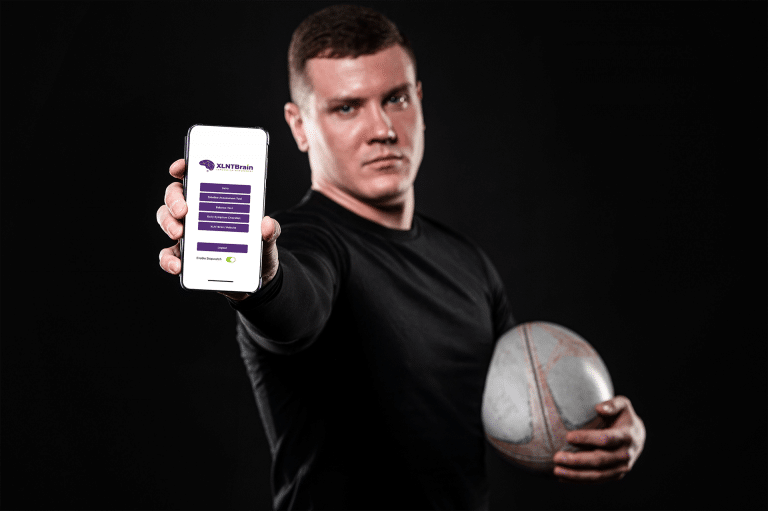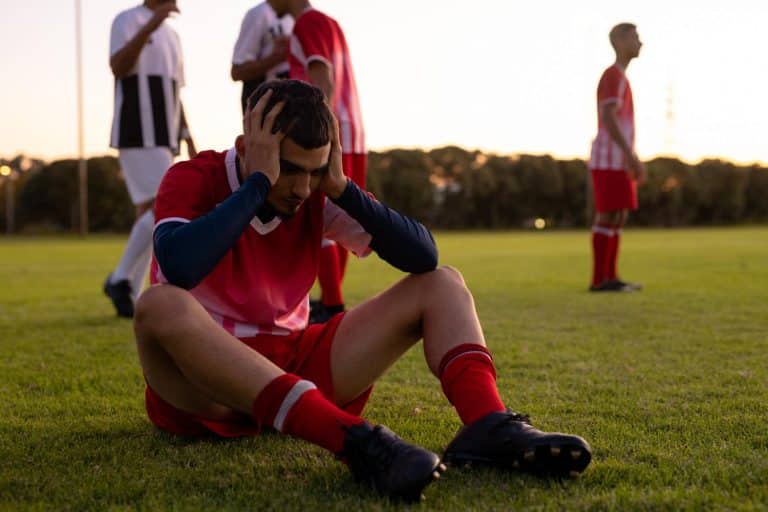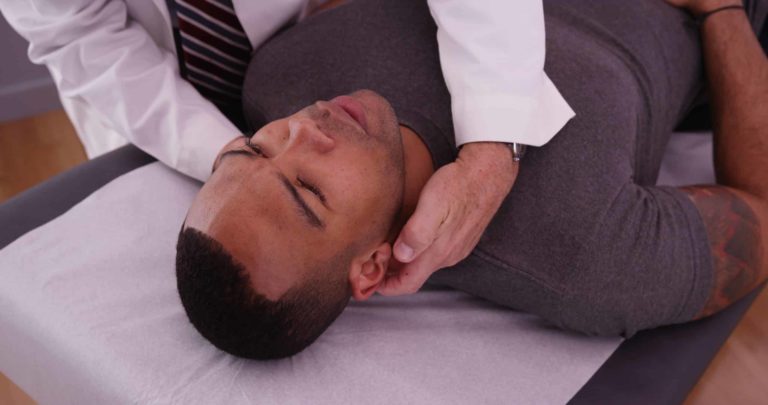Concussions are one of the most common injuries in contact sports, and while not every impact can be avoided, many concussions can be prevented through proper preparation, technique, and monitoring. Whether you coach youth athletes, manage a competitive team, or support recreational players, understanding how to prevent concussions is critical for maintaining long-term athlete health and performance.
At XLNTBrain, we focus on providing the tools and education needed to help organizations reduce concussion risks before they occur. This article outlines the top five strategies that sports programs can use to prevent concussions and create a safer playing environment at every level.
Why Concussion Prevention Matters in Contact Sports
Contact sports like football, rugby, hockey, soccer, lacrosse, and martial arts naturally involve collisions, falls, and fast-paced action. These conditions increase the potential for a sudden blow to the head or body that may disrupt brain function.
Without effective prevention practices, athletes face a higher risk of:
● Repeat concussions
● Long-term cognitive issues
● Post-concussion complications
● Reduced athletic performance
● Emotional and behavioral changes
While it is impossible to fully eliminate risk, many concussions can be avoided through evidence-based strategies, consistent training, and awareness. Prevention begins with educating athletes, parents, and coaches on concussion prevention in sports, and continues with structured tools that support safer play and informed decisions.
Learn more about what concussions are and how they affect the brain in our Concussion Overview.
5 Strategies to Prevent Concussions in Contact Sports
Below are the most effective methods teams can implement to reduce concussion risk and improve player safety.
1. Teach and Reinforce Proper Technique
One of the strongest predictors of concussion risk is poor technique. Coaches must invest time in teaching athletes the safest movements and ensuring they practice them consistently.
Examples include:
● Keeping the head up during tackles or collisions
● Learning proper falling technique
● Avoiding head-first contact in any sport
● Practicing body positioning to reduce impact forces
When technique becomes habit, athletes naturally place themselves in safer positions, lowering the chances of dangerous head impacts.
2. Strengthen Neck and Core Muscles
A strong and stable neck significantly reduces the acceleration forces that contribute to concussions. When the neck muscles are weak, the head snaps more violently during impact, increasing the risk of brain movement inside the skull.
Effective training includes:
● Isometric neck exercises
● Controlled resistance movements
● Core stabilization routines
● Shoulder and upper-back strengthening
Even youth athletes benefit from these exercises when adapted appropriately.
3. Create a Culture of Honest Reporting
One of the greatest obstacles in concussion prevention is underreporting. Athletes may hide symptoms because they want to stay in the game or feel pressure to perform.
Teams must build a culture where athletes feel safe speaking up when something feels wrong. This includes:
● Educating athletes on the importance of early reporting
● Teaching them the dangers of continuing to play after a hit
● Ensuring coaches respond supportively, not dismissively
● Encouraging peer accountability among teammates
The earlier symptoms are recognized, the faster athletes can begin proper recovery. A culture of honesty is one of the most powerful tools in reducing long-term harm.
4. Implement Baseline Testing and Sideline Assessments
Data-driven testing provides essential benchmarks and helps identify subtle signs of impairment that are easy to miss with the naked eye.
Solutions like XLNTBrain’s Features offer:
● Pre-season baseline tests for comparison
● On-field sideline assessments to evaluate suspected concussions
● Symptom tracking throughout recovery
● Objective data that guides safe return-to-play decisions
These tools help eliminate guesswork and ensure athletes do not continue playing with unrecognized or worsening symptoms.
5. Follow a Structured Return-to-Play Process
Even with prevention strategies in place, concussions will still occur in contact sports. When they do, following a structured, step-by-step recovery protocol is essential to prevent further injury.
A proper Return-to-Play plan includes:
● Gradual reintroduction of physical activity
● Continuous symptom monitoring
● Cognitive assessments
● Medical clearance before full participation
XLNTBrain’s concussion management system guides organizations through every stage of this process, ensuring compliance and player safety.
Prevention and Recovery Work Together
Preventing concussions is not just about technique or equipment. It requires a combination of education, physical training, technology, and responsible decision-making. When teams consistently implement these strategies, athletes are safer and more confident on the field.
For a comprehensive approach to concussion awareness, detection, and recovery, explore how XLNTBrain supports sports organizations with tools designed to protect athletes and streamline communication among coaches, trainers, and medical professionals.





